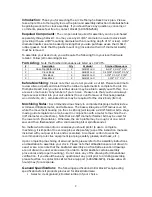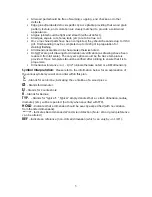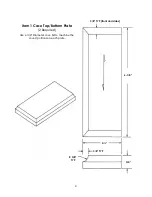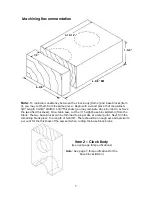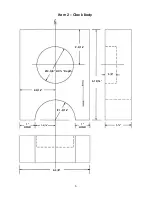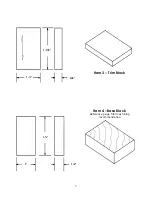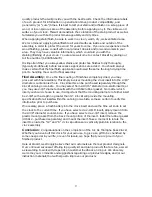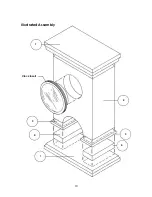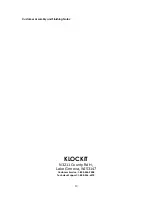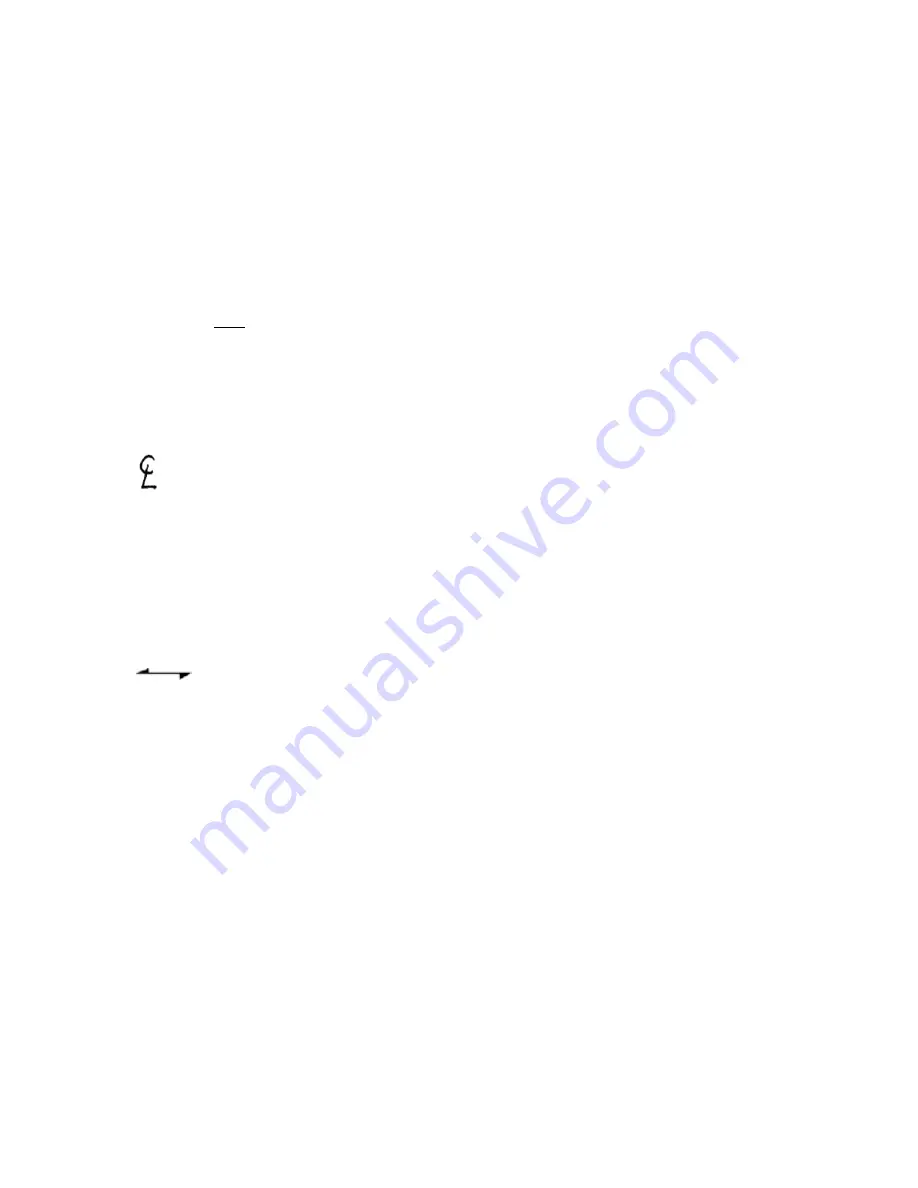
All wood parts should be free of warping, cupping, end checks, and other
defects.
Edge glued/laminated stock is perfectly acceptable providing that wood grain
pattern, texture, and coloration are closely matched to provide a solid wood
appearance.
All glue joints should be tight and smooth (without defect).
All edges, square cuts, holes, slots, (etc) are to be true cut.
Once machined parts have been completed, they should be sanded up to #150
grit. Finish sanding may be completed up to #220 grit in preparation for
staining/finishing.
All dimensions are listed in inches unless otherwise noted.
Do NOT scale part drawings for dimensional verification (as drawings have been
reduced from full scale). The only exception would be if a trace template is
provided. Trace templates should be verified after printing to ensure that it is to
proper size.
Dimensional tolerance is + / - 1/32” (unless otherwise noted or a REF dimension).
Symbol Interpretation:
Please refer to the information below for an explanation of
the various symbols you will encounter within this plan.
- Stands for center line, indicating the centerline of a wood piece.
Ø
- Stands for diameter.
Џ
– Stands for Counter-bore
R
– Stands for Radius.
TYP.
– Stands for “typical”. “Typical” simply denotes that a certain dimension, radius,
diameter, (etc.) will be repeated (but only when specified with TYP).
HOLD
– Indicates that a dimension should be exactly as specified (with no variation
from the listed dimensions).
- Indicates Recommended Wood Grain Direction (Note: Wood grain preference
can be altered)
REF
– Indicates a reference (non-critical) dimension (which can vary by +/- 1/16”).
3


